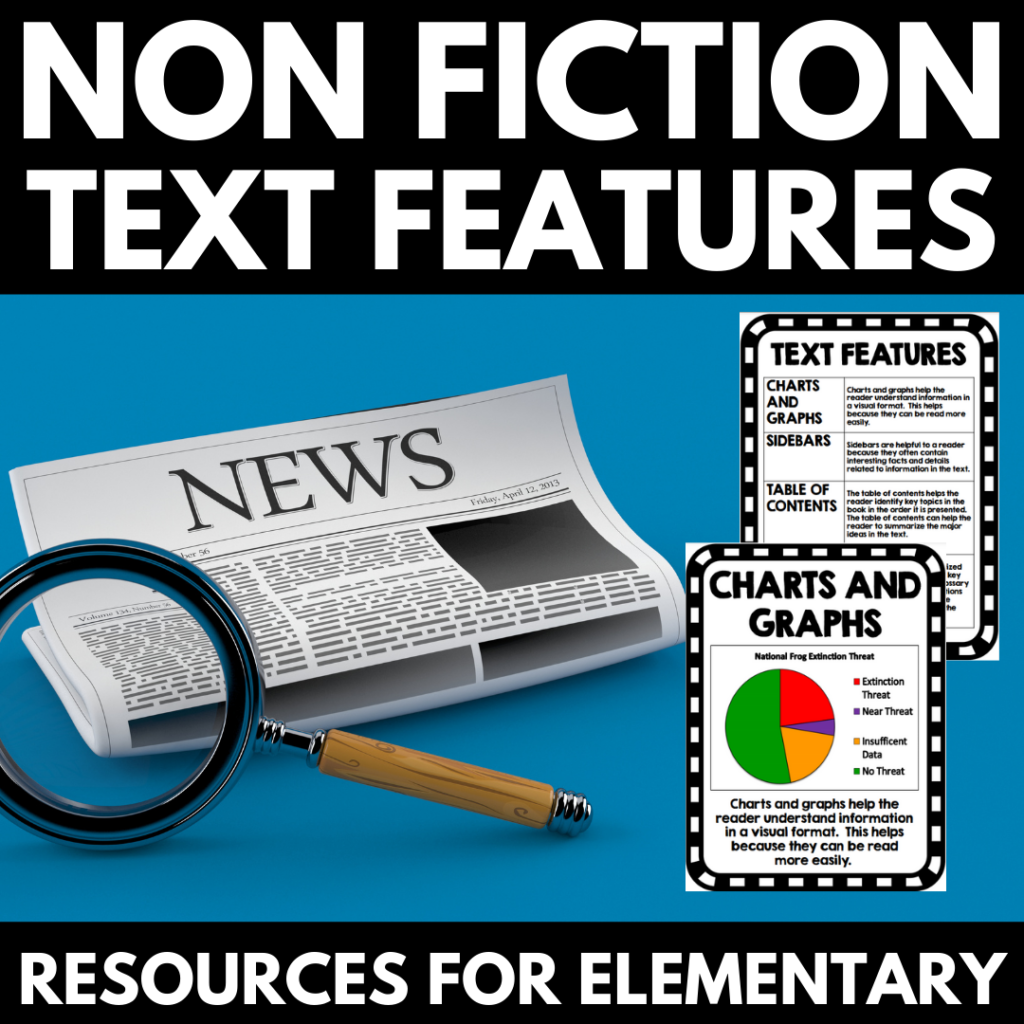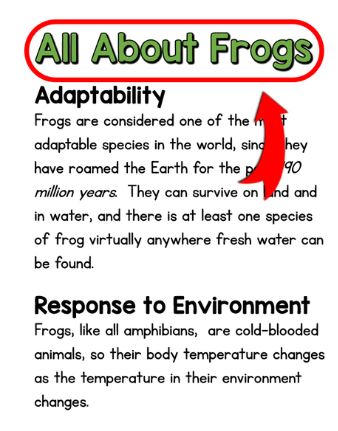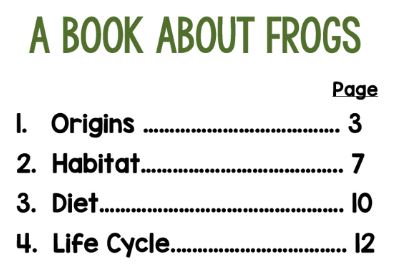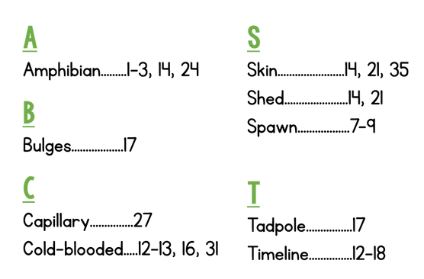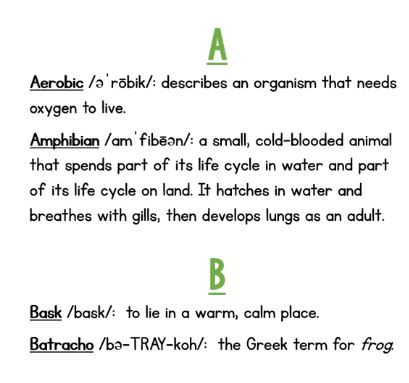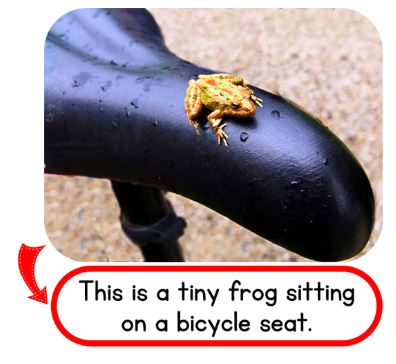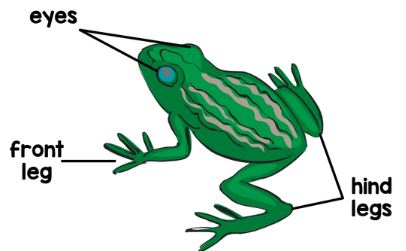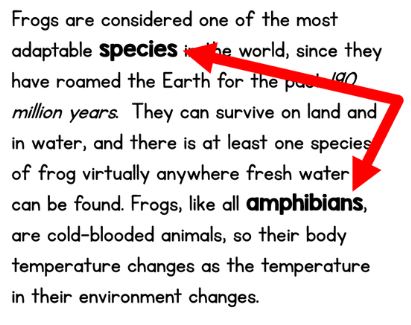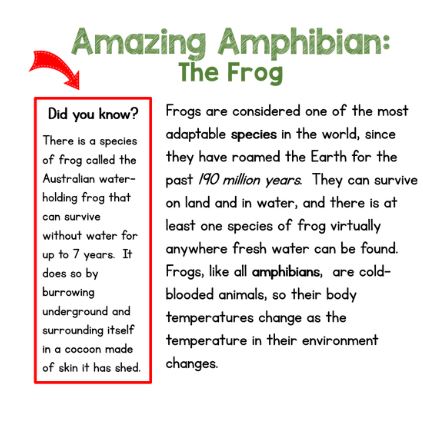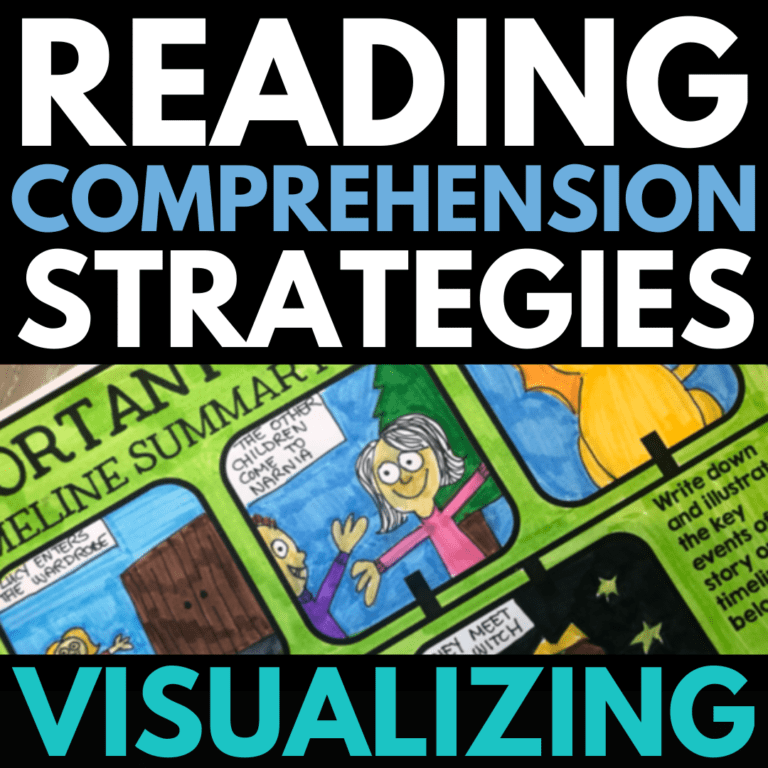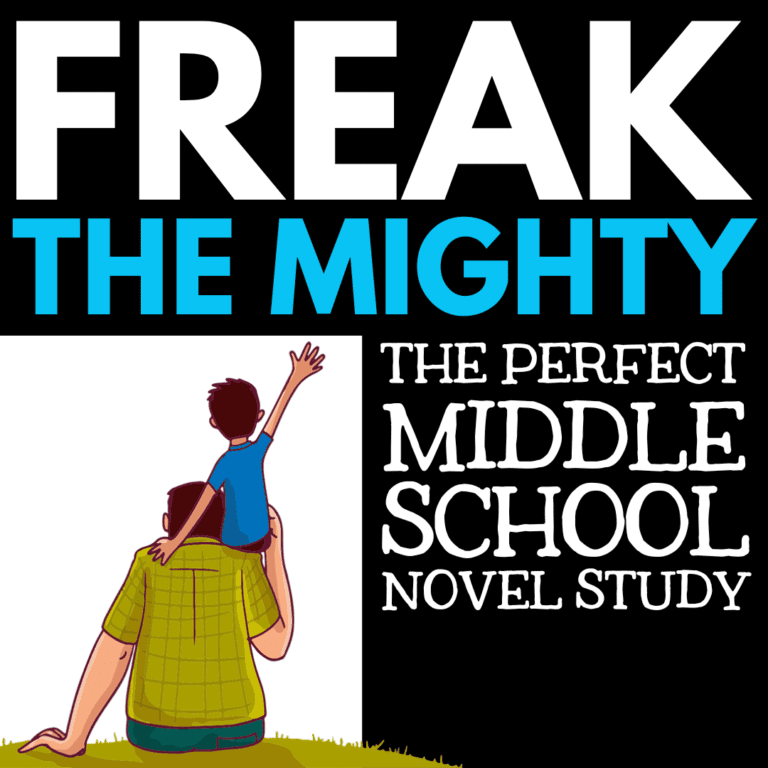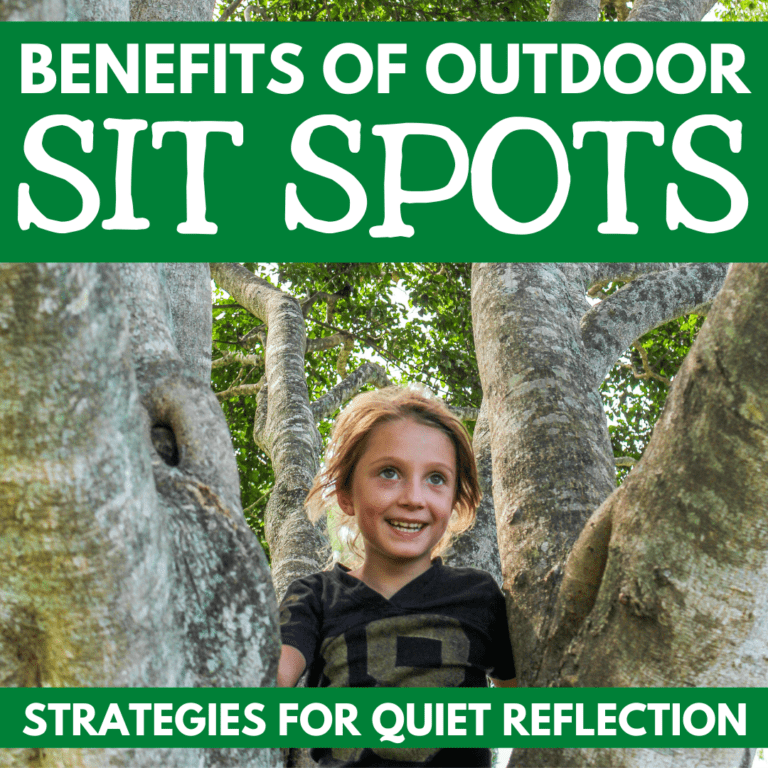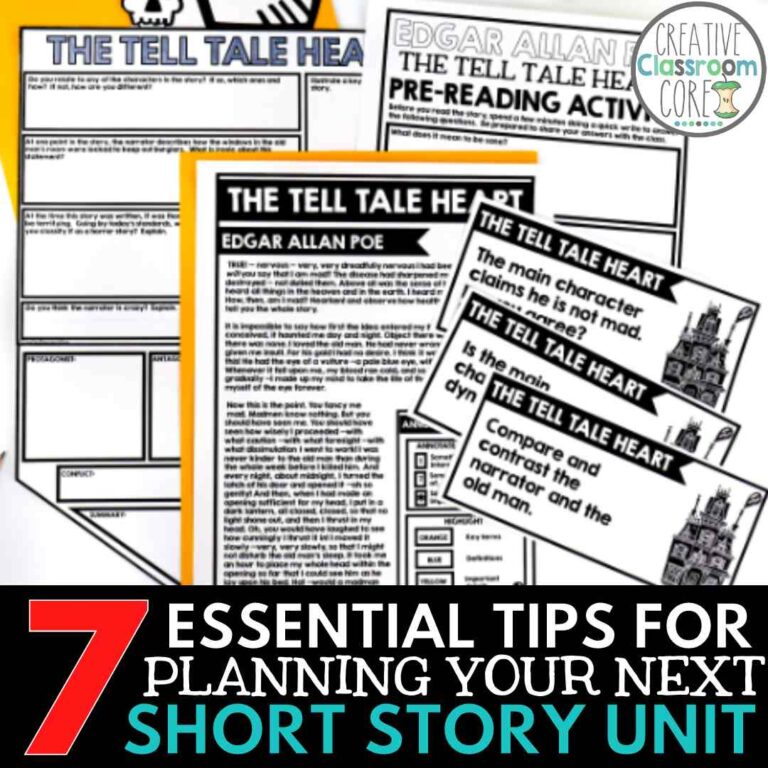What is a Text Feature?
By MARISSA DESPINS Updated June 11, 2024
Teaching students to navigate and understand text features is a crucial component of literacy instruction, especially in grades 4-7. These features are the building blocks that help readers make sense of non-fiction texts. By guiding students through the various types and uses of text features, teachers can enhance comprehension and engagement, ultimately making the learning process more effective and enjoyable.
Looking for some ready to teach resources to help you introduce Text Features in your classroom? Click on the image or button below to check out this no-prep resource in my TPT shop!
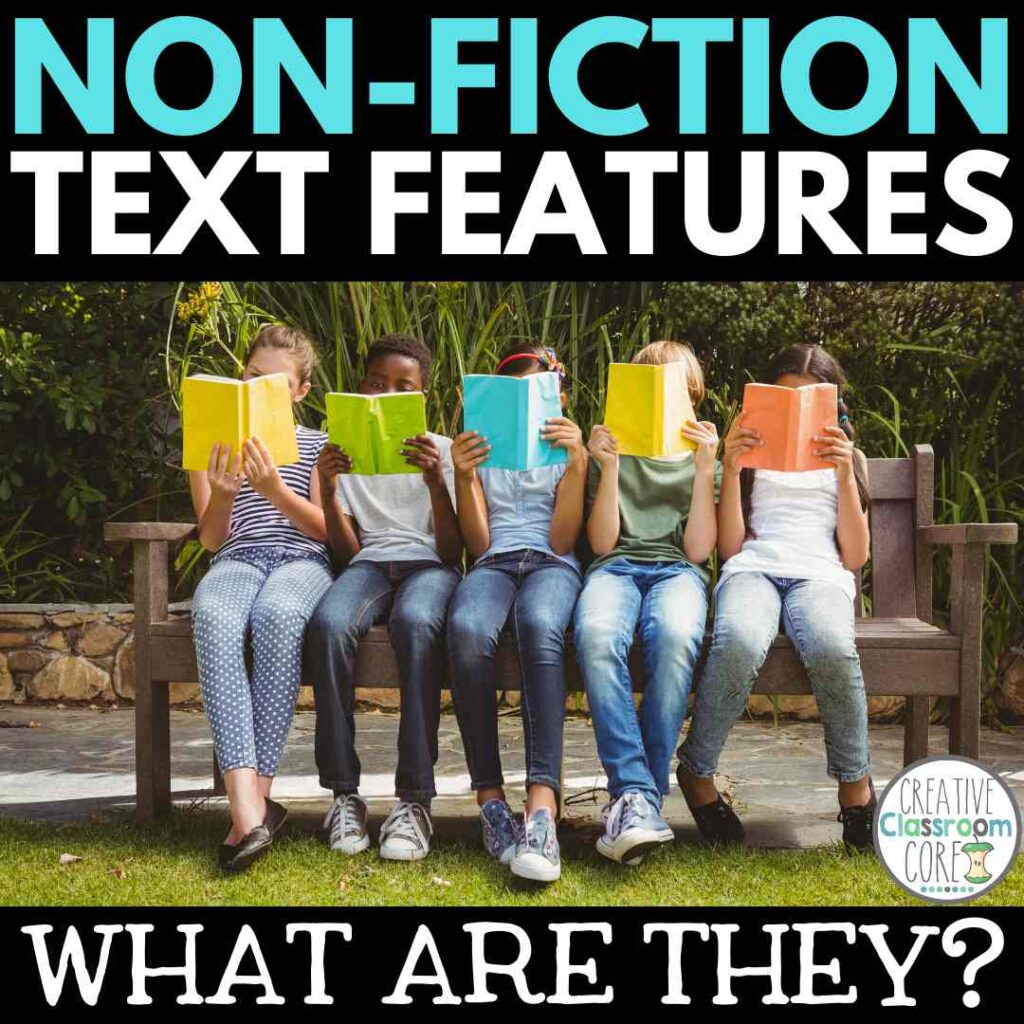
What are Text Features?
Text features are the elements of a text that help organize and highlight important information. These features are designed to catch the reader’s eye and facilitate a better understanding of the content. They serve as signposts that guide readers through the text, making it easier to locate and interpret information.
Types of Text Features
Understanding the different types of text features is essential for both teachers and students. Here are some common text features that are particularly useful in educational texts:
Headings and Subheadings: Headings and subheadings break up the text into manageable sections. They provide an overview of what each section is about, helping students to predict and organize information.
Table of Contents: The table of contents lists the chapters or sections of a book along with their page numbers. It gives students a roadmap of the text, allowing them to quickly locate specific information.
Index: This is an alphabetical list of topics covered in the text, along with page numbers where those topics can be found. It’s a useful tool for finding specific information without having to read the entire text.
Glossary: A glossary provides definitions for key terms found in the text. This is especially helpful for understanding subject-specific vocabulary.
Captions: These are brief descriptions or explanations accompanying images, diagrams, or charts. They provide additional context and information that can enhance understanding.
Diagrams and Charts: These present information visually, making complex data more accessible. They can help students grasp concepts that are difficult to understand through text alone.
Bold and Italicized Text: Bold and italicized text is used to emphasize important terms or concepts. These visual cues signal to the reader that certain words or phrases are significant.
Sidebars: Sidebars are boxes of supplementary information found alongside the main text. They can include additional facts, anecdotes, or explanations that enrich the main content.
Why are text features important to teach?
Teaching these features of text is essential for several reasons:
Improves Comprehension
By familiarizing students with these features, teachers can help them better understand and retain information. Text features make it easier to identify the main ideas and key details, which enhances overall comprehension.
Enhances Navigation Skills
Knowing how to use these features of text allows students to navigate texts more efficiently. This skill is particularly important for research and studying, as it enables students to quickly find the information they need.
Develops Critical Thinking
Understanding text features encourages students to think critically about how information is presented. They learn to evaluate the structure and purpose of different text elements, which can improve their analytical skills.
Supports Diverse Learning Styles
Text features cater to various learning styles by presenting information in multiple formats. Visual learners, for example, benefit from diagrams and charts, while linguistic learners might prefer glossaries and indexes.
For more information on incorporating learning style based activities in your classroom, check our our complete guide!
Strategies for Teaching
Here are some effective strategies to teach text features to your students:
Read-Aloud Activities During read-aloud sessions, point out and discuss different text features. Explain how they help in understanding the text better.
For tips and tricks to help keep students accountable during a read aloud, check out our complete read aloud guide!
Partner or Small Group Activities Have students work in pairs or small groups to explore a text and identify various text features. This collaborative approach encourages discussion and deeper understanding.
Individual Practice Provide worksheets that focus on identifying and using text features. This could include matching exercises, labeling diagrams, or creating their own glossary of terms.
Interactive Text Feature Hunts Create a scavenger hunt where students search for specific text features in their textbooks or library books. This hands-on activity makes learning fun and engaging.
Create a Text Feature Anchor Chart Collaboratively create an anchor chart with your students that lists different text features and their purposes. Display it in the classroom as a reference tool.
For some fun anchor chart ideas, check out our guide to anchor charts!
Use of Graphic Organizers Employ graphic organizers to help students categorize and analyze text features. These tools can make abstract concepts more concrete.
Wrapping Up
Teaching text features is a vital part of literacy education for upper elementary students. By helping students understand and use text features, teachers can improve reading comprehension, navigation skills, and critical thinking. Using a variety of strategies and activities, educators can make this an engaging and effective part of their curriculum, ultimately empowering students to become more proficient and confident readers.
Looking for a complete resource for teaching text features?
Click on the image or button below to download the resource now!
Looking for more Creative Ways to Enhance Classroom Learning?
Check out these posts below!
Character Analysis Activities for Middle School
Teaching Characterization with Bridge to Terabithia
Using the RACE Strategy in ELA
Interested in signing up for my email list?
If you are interested in signing up for my email list, you can do so by clicking on the link below. I periodically send out emails with free resources, teaching tips, and exclusive deals. Signing up will also give you immediate access to some of my best selling Interactive Notebook resources – foldable activities, graphic organizers, and other fun activities.
